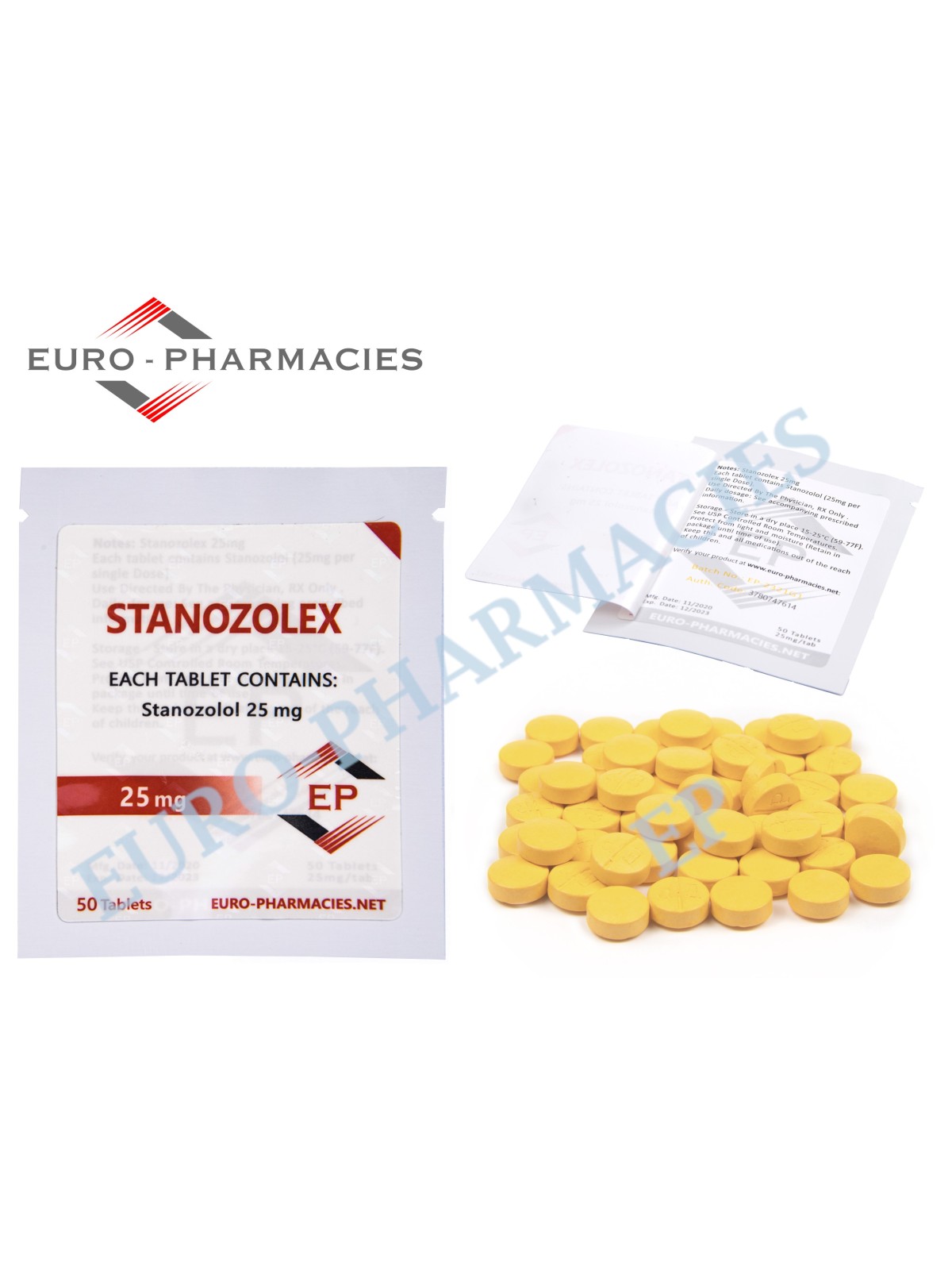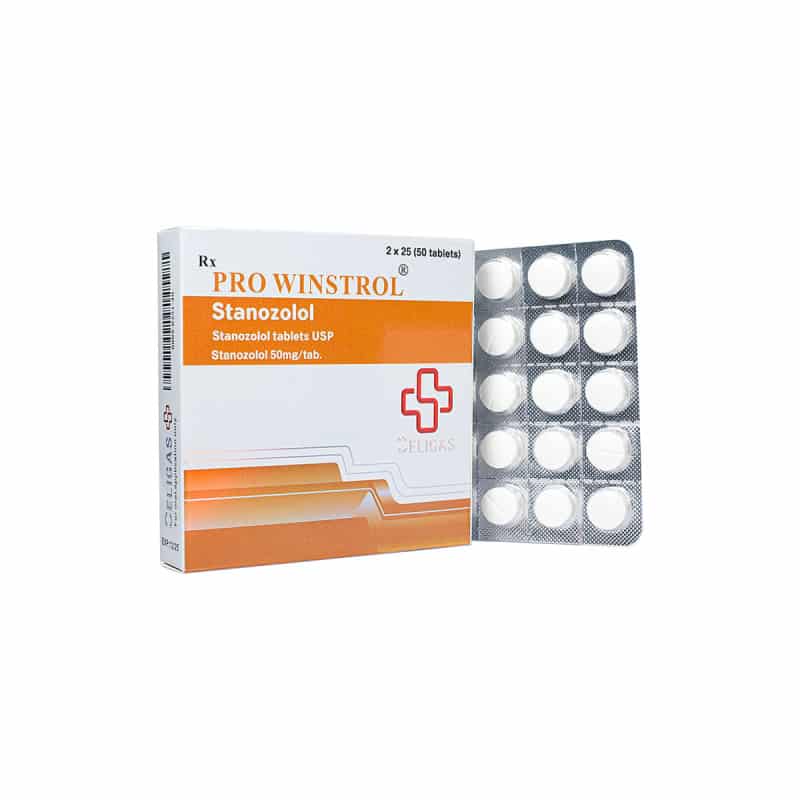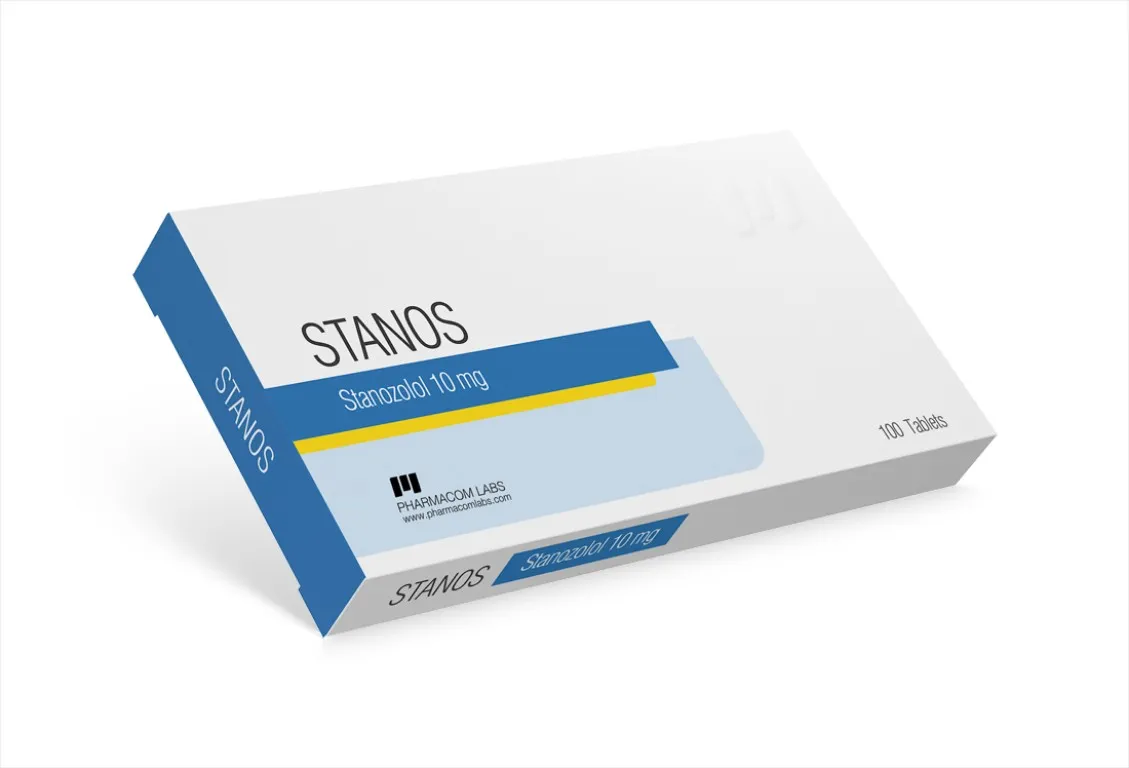
Winstrol, scientifically known as Stanozolol, is highly esteemed in the bodybuilding and athletic community for its distinctive properties among anabolic steroids. Renowned for its ability to shed water retention, Winstrol is a top choice for athletes and bodybuilders aiming for a lean, ‘dry’ look, as it effectively enhances muscle definition without the bloat often associated with other steroids. This makes it particularly advantageous during cutting cycles, where the goal is to preserve lean muscle mass while eliminating excess water and fat. Unlike many of its counterparts, Winstrol does not aromatize, meaning it doesn’t convert to estrogen, which is a significant benefit for those looking to avoid estrogen-related side effects like gynecomastia and water retention.
In comparison to other anabolic steroids, Winstrol is recognized for its effectiveness in enhancing strength, speed, and endurance without the accompanying weight gain, making it a popular choice in sports where these attributes are prized. Its ability to promote fat loss while retaining lean muscle mass also makes it a favored steroid for precompetition phases in bodybuilding. Winstrol’s profile as a relatively mild steroid extends its use to female athletes and bodybuilders, who find it a safer option compared to stronger androgens, though vigilance for virilization symptoms is necessary. Seasoned bodybuilders value Winstrol for these specific qualities, but they are also acutely aware of its downsides, such as potential joint discomfort due to its drying effects and liver toxicity, especially in its oral form. Despite these concerns, Winstrol’s unique combination of muscle-hardening, fat-reducing, and non-aromatizing properties keeps it in high regard for those seeking a chiseled and vascular physique, particularly in competitive settings.

History of Winstrol
Winstrol, known chemically as Stanozolol, was first developed in the late 1950s by Winthrop Laboratories, an American pharmaceutical company. It was derived from dihydrotestosterone (DHT), a metabolite of testosterone, and was officially released in 1962. Winstrol was developed for medical purposes, initially to treat conditions like osteoporosis and to promote bone density. It was also used to aid in the treatment of certain forms of anemia, angioedema, and to help preserve bone mass in patients suffering from osteoporosis. Its effectiveness in promoting muscle growth, red blood cell production, and appetite stimulation made it a valuable drug in medical settings.
In the realm of bodybuilding and athletics, Winstrol gained popularity by the 1970s and 1980s. Its appeal in the bodybuilding community was largely due to its ability to promote lean muscle mass without excessive water retention, making it ideal for cutting cycles. Unlike many other anabolic steroids, Winstrol does not aromatize (convert to estrogen), which is a significant advantage for athletes looking to maintain a lean and dry physique. It became a favorite among competitive bodybuilders, especially for precompetition phases where muscle definition and hardness are critical.
Dosages, Cycles, Stacks, and Case Uses
Winstrol, a prominent anabolic steroid, is utilized for both performance enhancement and aesthetic improvements in bodybuilding. Here’s an in-depth look at its dosages, cycles, and stacking protocols.
Beginner Dosage: Beginners are advised to start with low dosages, typically 20mg to 50mg daily. Beginners should not exceed a 6-week cycle.
Intermediate Users: For those with some experience, dosages can range from 40mg to 80mg daily. A similar 6-week cycle is standard.
Advanced Users: Experienced users might opt for dosages as high as 100mg per day. However, due to the increased risk of side effects, this should be approached with caution.
Women Athletes: Dosages between 2mg and 10mg per day have been used by women with good results.
Cycle Length: Restricting the length of the cycle, typically no more than 4-8 weeks, helps reduce the risk of adverse effects.
Winstrol Cycles
Beginner Cycle: A standard beginner cycle might involve 50mg of Winstrol daily for 6 weeks, often stacked with Testosterone for balanced results.
Intermediate Cycle: Intermediate users often stack Winstrol with other steroids like Trenbolone for cutting or Anadrol for mass gains.
Advanced Cycle: Advanced cycles may include Winstrol at 100mg/day for the final two weeks of a 6 to 8-week cycle, combined with other steroids like Testosterone Enanthate and Trenbolone Acetate.

Stacking Winstrol
Cutting Cycles: Winstrol is frequently stacked with Trenbolone or Anavar for cutting purposes, maximizing fat loss while retaining muscle mass.
Bulking Stacks: Though not a common bulking agent, it can be stacked with compounds like Anadrol for significant mass gain.
For Women: Women typically use Winstrol at much lower doses due to the risk of virilization. A common stack for female athletes includes low-dose Winstrol with Anavar.

Precautions and Health Monitoring
Liver Health: Given Winstrol’s hepatotoxicity, especially in oral form. Avoiding alcohol and other liver-damaging substances is also crucial. Regular liver function tests are recommended; although it is milder than most steroids, it is still a concern.
Cholesterol Management: Winstrol can negatively impact cholesterol levels, increasing the risk of cardiovascular diseases. Regular monitoring and maintenance of a healthy diet, possibly supplemented with omega-3 fatty acids, are recommended. Blood pressure and cholesterol levels should be monitored due to cardiovascular risks.
Testosterone Suppression: Since Winstrol suppresses natural testosterone production, including exogenous testosterone in the cycle and conducting Post Cycle Therapy (PCT) is crucial for hormonal balance restoration.
Monitoring Androgenic Effects: Be vigilant for signs of androgenic side effects like acne and hair loss, and consider using 5-alpha reductase inhibitors if needed.
Avoidance in Certain Populations: Winstrol should not be used by individuals with pre-existing liver conditions, or cardiovascular diseases, and by pregnant or breastfeeding women.
Side Effects of Winstrol
Liver Toxicity: One of the most significant risks, particularly with the oral form. Symptoms of liver damage should be closely monitored. Milder than most steroids but still a concern.
Cardiovascular Strain: This includes increased blood pressure and negative impacts on cholesterol levels, potentially leading to heart diseases.
Androgenic Effects: Such as acne, accelerated hair loss in those predisposed to male pattern baldness, and body hair growth.
Virilization in Women: Female users face risks like deepening of the voice, menstrual irregularities, and clitoral enlargement at higher doses.
Joint Discomfort: Winstrol can cause joint pain due to its drying effects on the body. Winstrol does not aromatize to estrogen.
Mood Swings and Behavioral Changes: Potential for mood swings, aggression, and other psychological impacts.
Estrogenic Effects: Though, it can still trigger gynecomastia, particularly when stacked with other aromatizing steroids.
Suppression of Natural Testosterone: This leads to potential libido changes, erectile dysfunction, and other hormonal imbalances post-cycle.
Negative Impact on Lipid Profile: A significant decrease in HDL (good) cholesterol and an increase in LDL (bad) cholesterol.

Winstrol Sports Scandals
Winstrol’s use in sports was not without controversy. It gained widespread attention in the late 1980s when Canadian sprinter Ben Johnson tested positive for Stanozolol at the 1988 Seoul Olympic Games and was subsequently stripped of his gold medal in the 100 meters. This incident brought to light the widespread use of performance-enhancing drugs in athletics and led to stricter drug testing and regulations. Despite this, Winstrol remains popular among bodybuilders and athletes for its ability to provide strength and lean muscle mass, as well as for its relatively mild side effects compared to other more potent steroids. However, users are always cautious of its potential liver toxicity, especially in oral form, and its adverse effects on cholesterol levels.
“Winstrol has a unique ability to lower the amount of sex hormone-binding globulin (SHBG), more than any other steroid on the market. SHBG is a hormone that binds to other steroids in your cycle making them useless; in simple terms, it makes taking too much steroids useless as it neutralizes them. However, stanozolol allows you to stack multiple steroids in your cycle without the need to lower your dosages. An interesting stack would be winstrol and proviron, allowing for maximum SHBG reduction and maximizing cycle effectiveness.
When used during cutting cycles, users tend to get hard and lean, especially when stacking with anavar; however, during longer, harsher bulking cycles, winstrol might not be the best choice. Why not? Mainly due to joint problems. It’s a regular occurrence for guys to report “dry” and painful joints while using winstrol.”
-Albert Wolfgang


